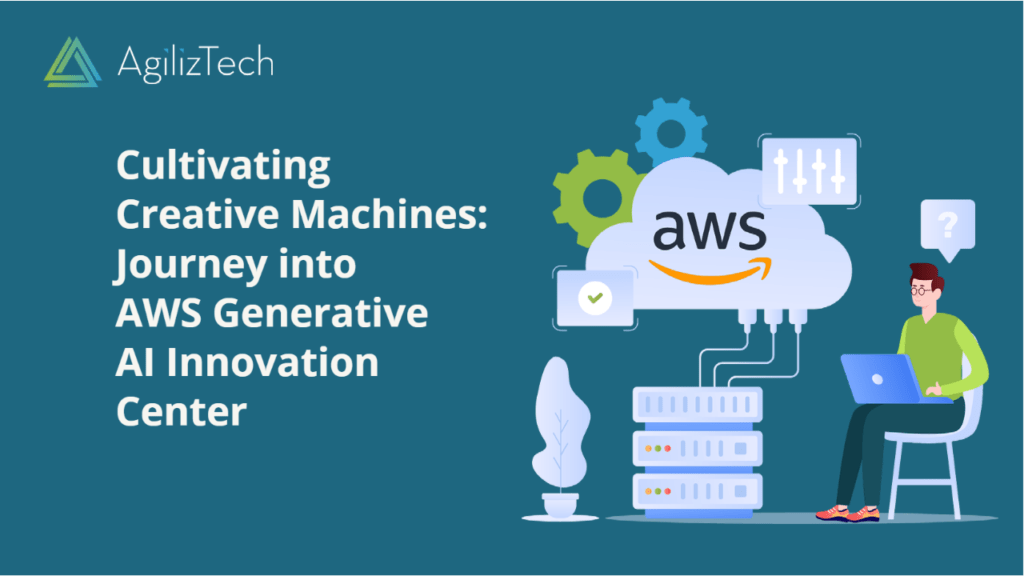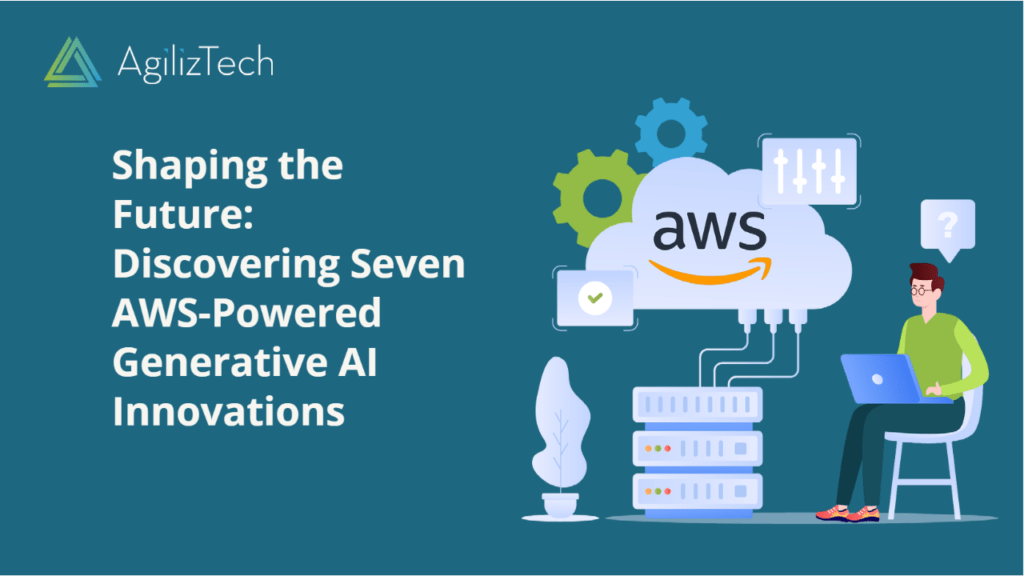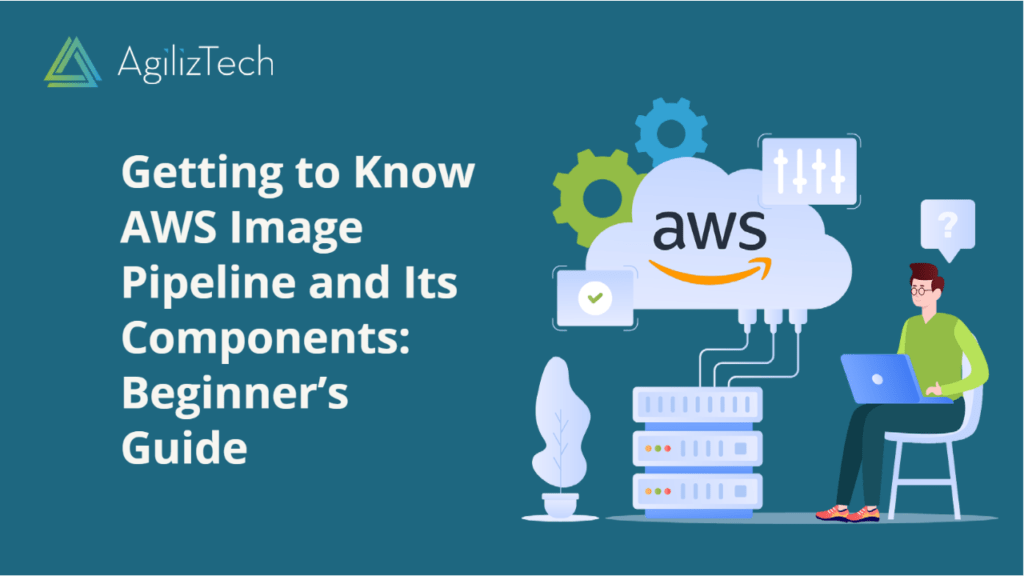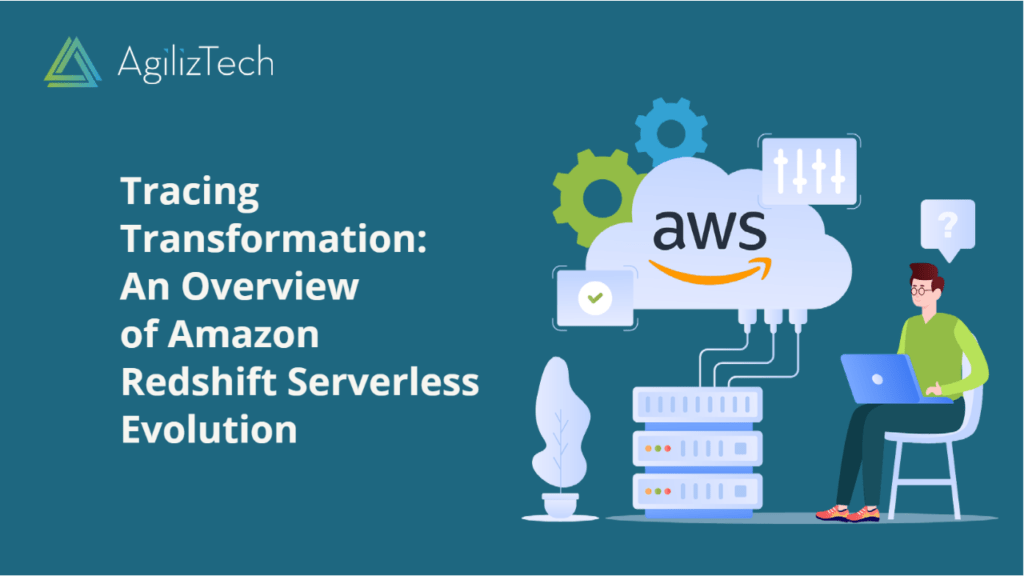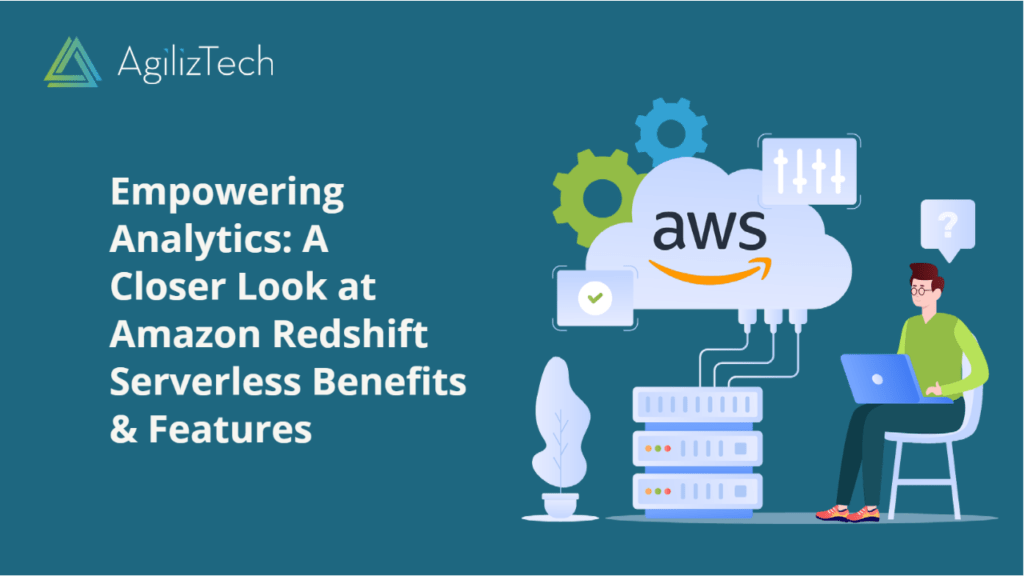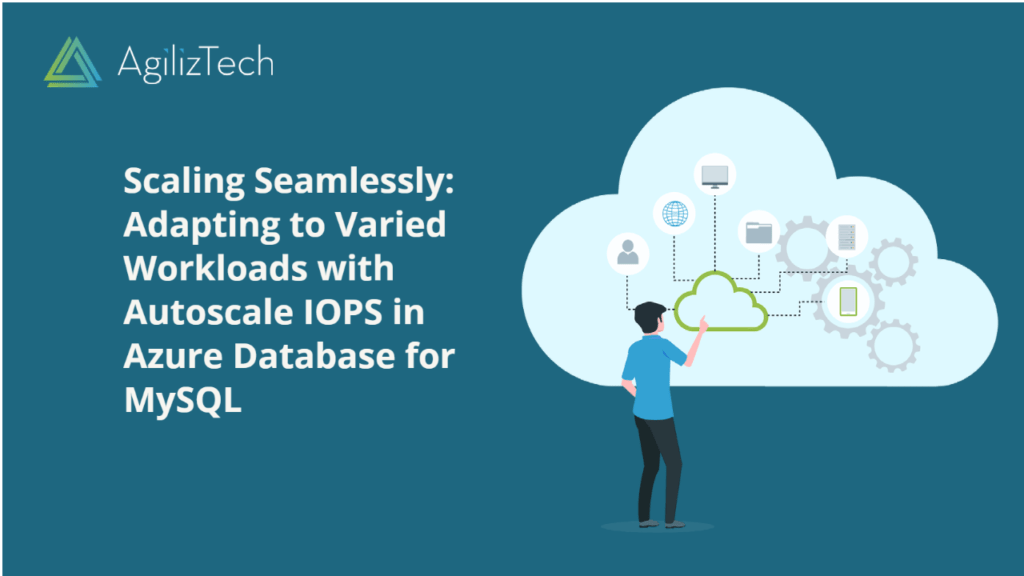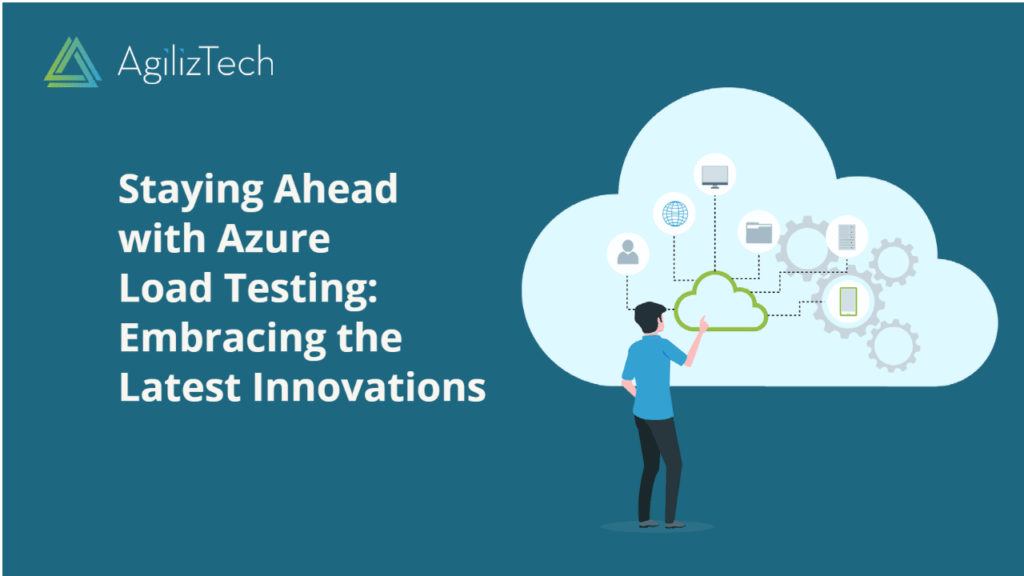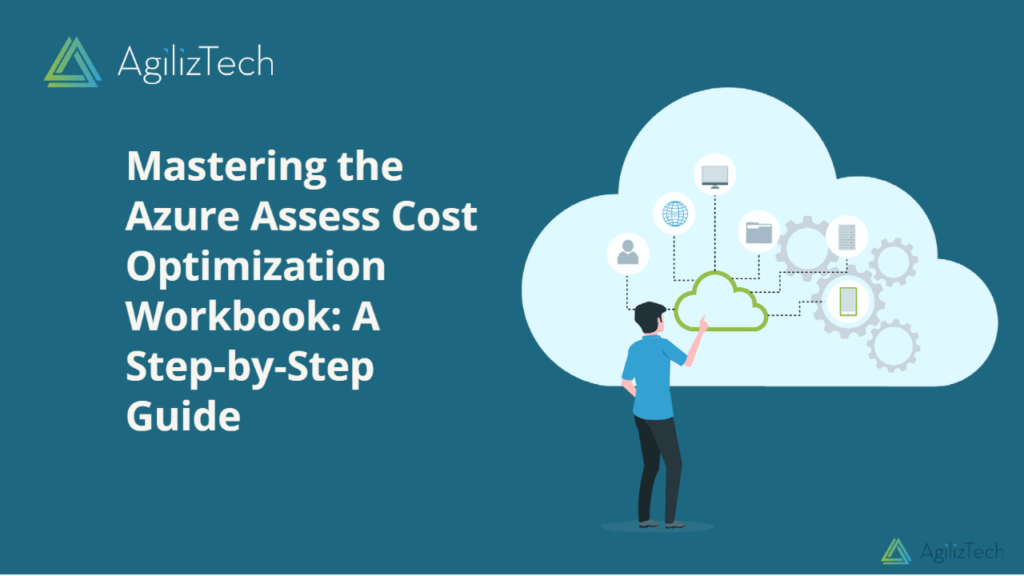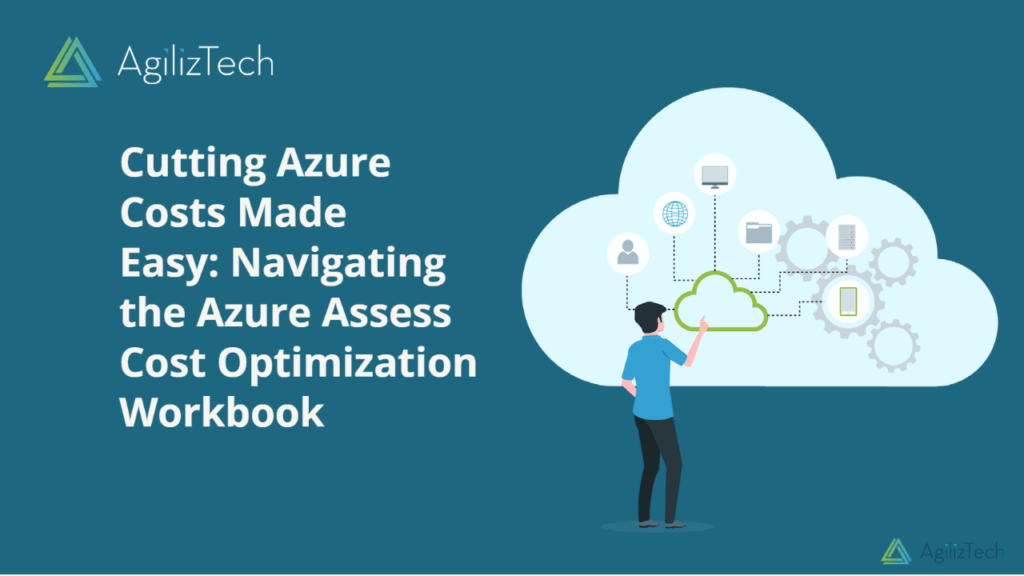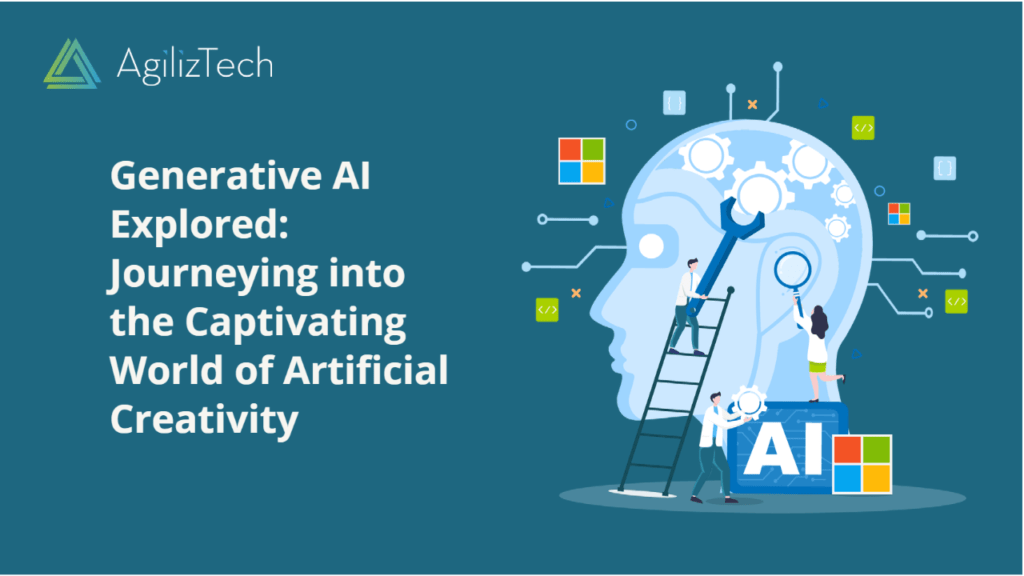Empowering AI Advancements: Unveiling the AWS Generative AI Innovation Center
Introduction
In this blog post, we delve into the forefront of generative AI research and development at the AWS Generative AI Innovation Center. Pioneering advancements and a spirit of collaboration actively reshape the vast landscape of artificial intelligence.
Generative AI, a dynamic branch, originates content—images, text, music, speech—unleashing possibilities. Furthermore, it enhances creativity, augments productivity, and solves complex issues. Leading the charge in generative AI is the AWS Generative AI Innovation Center (GAIC). Established in December 2020 through a visionary alliance between Amazon Web Services (AWS) and the National University of Singapore (NUS), this partnership takes a stance at the forefront of generative AI research, nurturing a vibrant ecosystem of collaboration spanning academia, industry, and government.
The GAIC: A Unique Hub for Innovation
Distinguished as the first of its kind in Asia-Pacific and among a distinguished few globally, the GAIC is exclusively dedicated to advancing the realm of generative AI. By harnessing the synergistic resources of AWS and the academic prowess of NUS, alongside the expertise of diverse collaborators, they collectively fuel pioneering research initiatives, incubate innovative solutions, and nurture the emerging generation of AI luminaries.
Generative AI Innovation Center: Research Frontiers
Guided by an unquenchable thirst for innovation, the GAIC embarks on multifaceted research domains, encompassing:
- Natural language generation crafts coherent text across diverse applications: summarization, translation, dialogue, storytelling.
- Computer vision creates lifelike, diverse images, in tasks like synthesis, inpainting, super-resolution, style transfer.
- The center orchestrates expressive audio, from speech synthesis to musical composition and soundscapes.
- Data augmentation constructs synthetic data, addressing data scarcity in classification, segmentation, detection tasks.Generative AI Innovation Center: Achievements
Generative AI Innovation Center: Achievements
The GAIC’s recent accomplishments form an impressive testament to its pioneering spirit:
- The center developed a text-to-image framework, transforming language into high-res, multifaceted images.
- It pioneered a distinct image inpainting dataset with intricate scenarios, from substantial occlusions to complex backgrounds and objects.
- It crafted a state-of-the-art speech synthesis system for natural, expressive speech, precise prosody, and emotion control.
- Additionally, the center tailors intricate, user-preference-driven musical compositions from scratch.
A Beacon of Knowledge and Collaboration
Extending beyond its own boundaries, the GAIC stands as a beacon of knowledge and collaboration for the wider AI community. It achieves this through workshops, seminars, hackathons, and competitions, evolving into a dynamic platform for showcasing research outcomes, fostering innovative idea exchange, and sparking the flames of creativity. Enriching this initiative are tailor-made training programs and courses, catering to students, researchers, developers, and practitioners keen on immersing themselves in the realms of generative AI and its multifaceted applications.
Generative AI Innovation Center: Conclusion
The promise of the GAIC unfolds in the convergence of AWS’s computational prowess and NUS’s academic distinction—an initiative poised to redefine the horizons of generative AI. With a steadfast commitment to generating positive societal impacts, the GAIC emerges as a global vanguard, propelling the transformation of generative AI research and development into an unparalleled journey of innovation.
